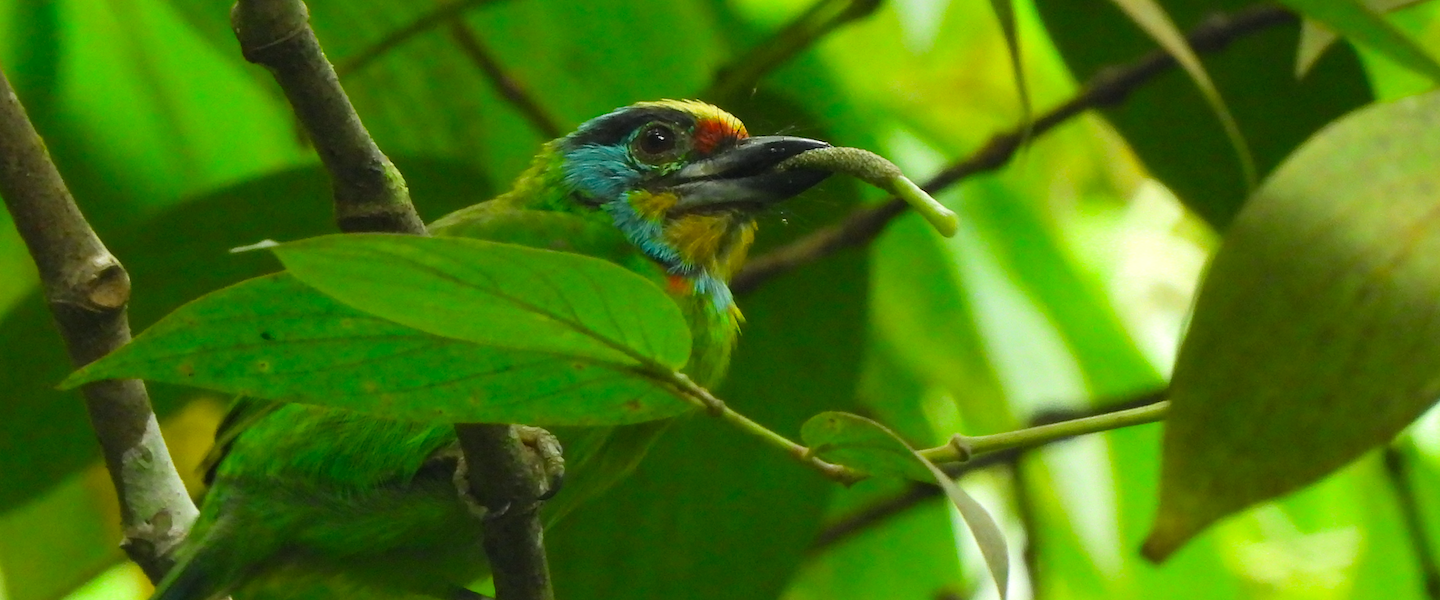“The Big Year” has become a must-watch film for some of my friends before starting birdwatching competitions or on New Year’s Eves. The whole concept of working on a year list of birds has solidified over the last years on us. This year, I’ve been blessed with living in two different countries I’m familiar with, extensive travels through different continents, and an array of birds coming from distant areas of the world that showed up unannounced close to home. The year started very strong at home with an intense “Big Day” around Alicante with Darío Gijón, where we scored 99 species on 1st January.
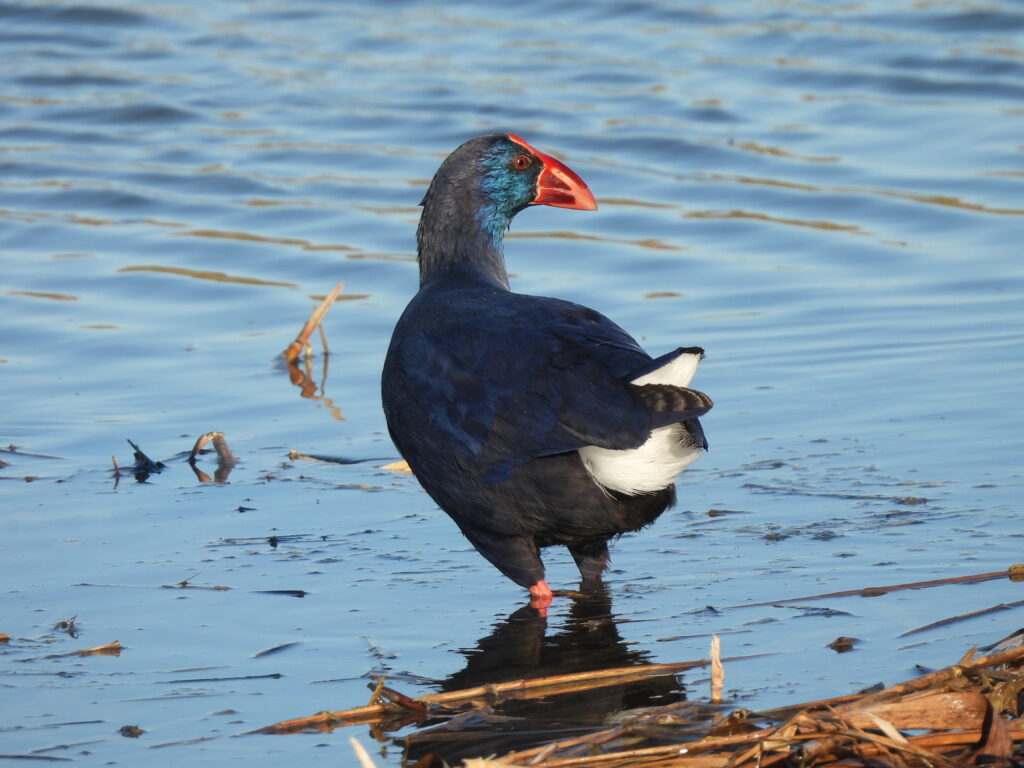
As the end of the year approached, we shared our year count and my friends and I joked about the possibility that I could get 1,000 different species this 2024. This figure seemed far from feasible when we joked about it, but I managed. To acknowledge different exciting encounters with wildlife and time shared with great people, here I highlight 12 birds seen in all the months of this year. The final figure is at the end of this post.
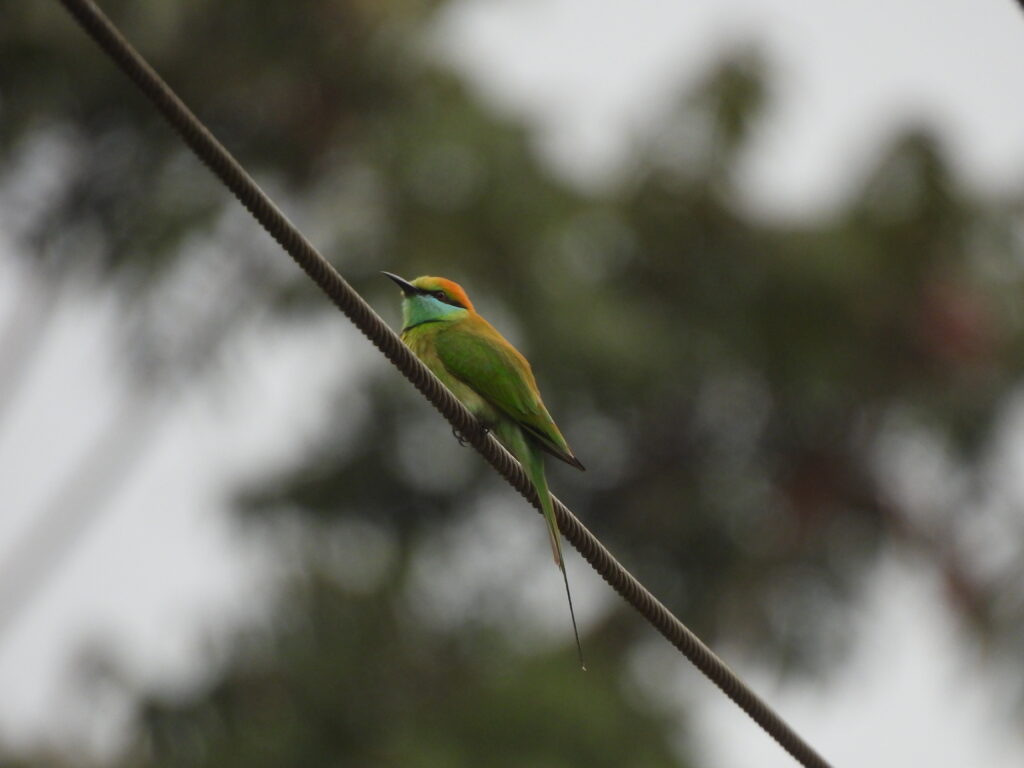
My bird of January is the gray hypocolius (Hypocolius ampelinus). I started 2024 at my hometown but had a 24 h stopover in Qatar for a field course trip. I shared a day in this country with Aina Rossinyol, and we had fun driving around the peninsula. My January bird was my main target of the day, being a scarce winter visitor in Qatar that had been sighted weeks before in an oasis northeast of the country. After some driving and walking on the rocky desert, we connected with a flock of some dozens of shy gray hypocolius on an oasis shrubland. This fantastic bird is an evolutionary gem, some sort of a ‘desert waxwing’ belonging to its own family and mostly restricted to the Middle East. Unexpectedly, this emblematic species became the species #500 on my life list.
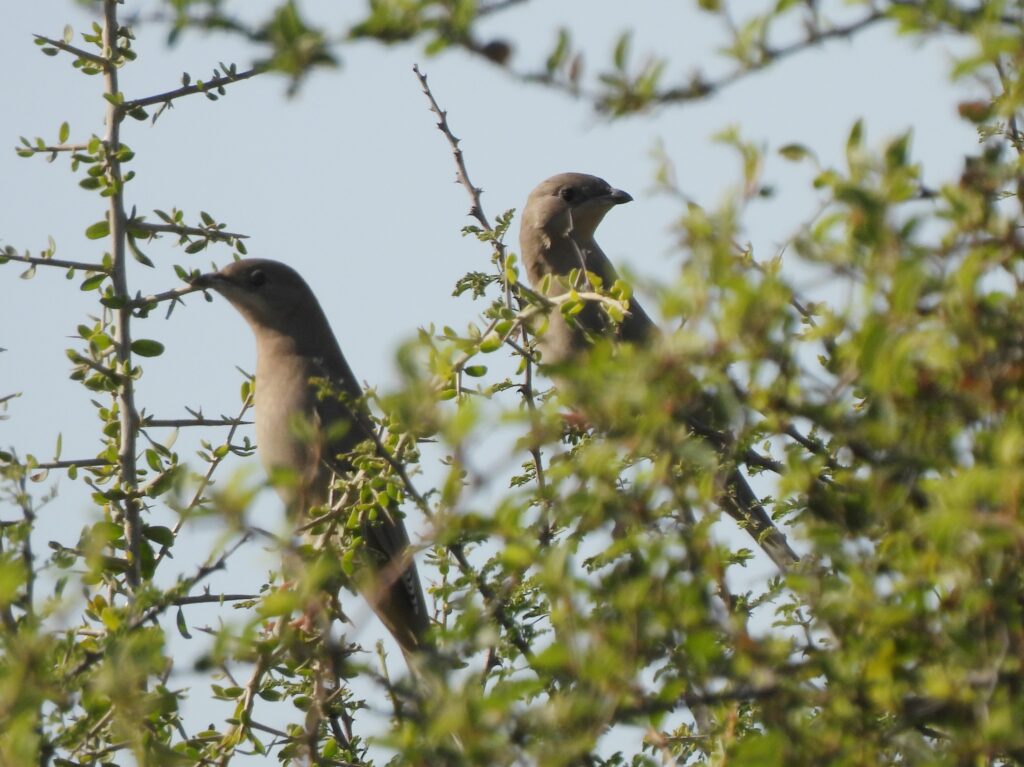
My bird of February is the lappet-faced vulture (Torgos tracheliotus). February brought an impressive number of Afrotropical species as we visited different areas of Kenya to conduct interviews and field surveys for our course about Human-Wildlife Conflict in East Africa — Laikipia, Lake Naivasha, Maasai Mara, Nairobi or Watamu. Among different flagship raptors seen, few lappet-faced vultures seen offered impressive views during our days at Mara North and Maasai Mara. We got to learn about the conservation problems of raptors at Naivasha Raptor Center days before, so sighting these critically endangered birds was special.
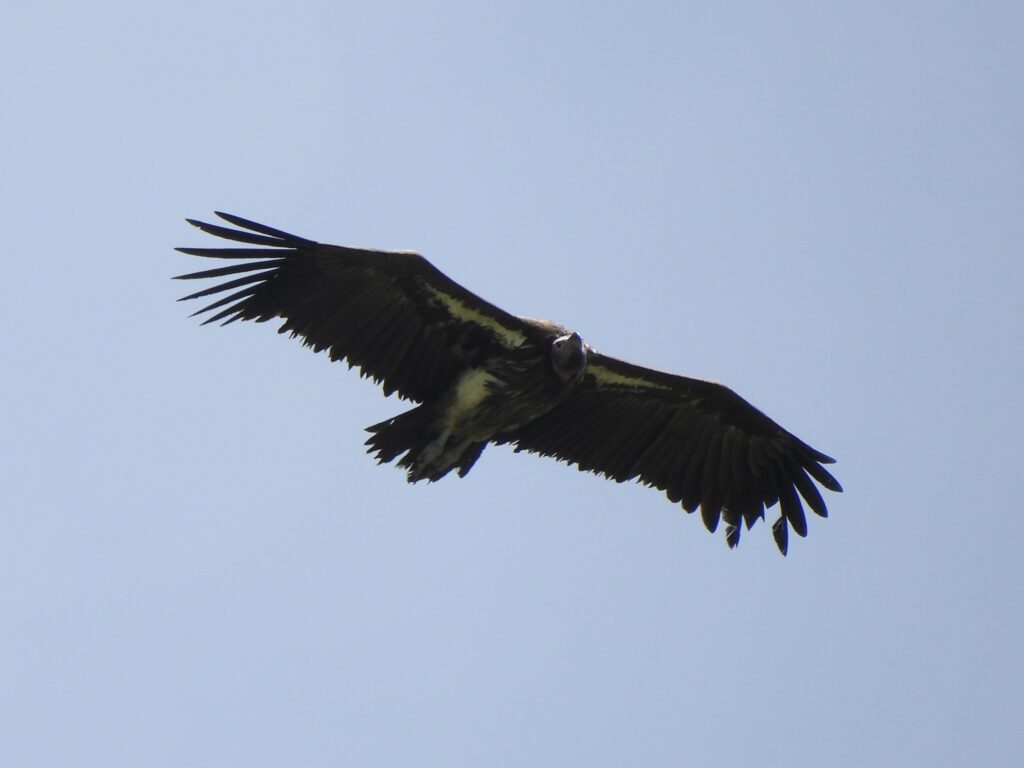
My bird of March is the Ural owl (Strix nebulosa). March brought me back to Helsinki where I focused on finishing my studies for the following months. This involved a lot of time alone at the library and few outings to clear my mind and look for birds. Over March, I got to see the Finnish owls I was missing, and even if I had seen it before, a Ural owl sitting in the open of my local patch at Viikin Arboretum was a terrific sight. I enjoyed it for as long as the ice below my feet and the cold temperature allowed me, as it slept and yawned, before I headed back to the library.
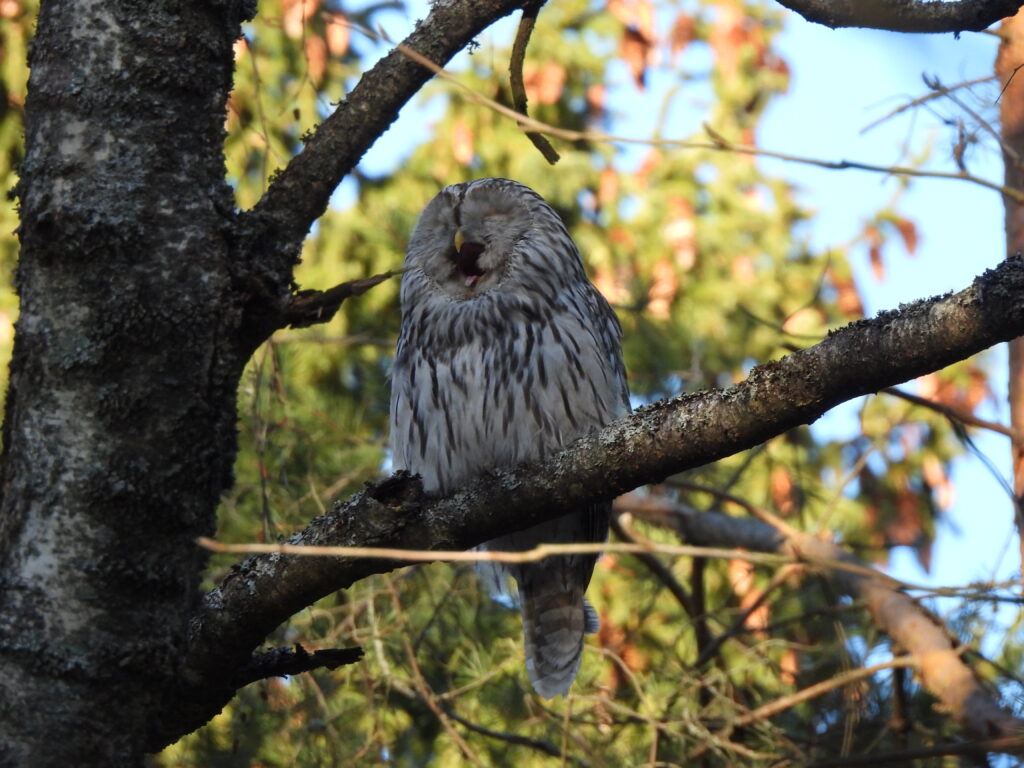
My bird of April is the long-tailed duck (Clangula hyemalis). April was mostly spent in Finland as well, but Giorgio Zavattoni, Valeria Valanne, Joséphine Couet, Jack Chapman and I allocated some time to get the hook of watching birds for the Åland bird rally at the end of the month — where we did very well, I must say! For our preparation we visited Lauttasaari, a nice neighborhood in Helsinki where part of the sea remains unfrozen in winter — flocks of long-tailed ducks swim close to the shore in their elegant winter plumages, which provided with the best looks of the species I have had to date. The month became rough after that weekend, and the memory of those charismatic ice-dwelling ducks peacefully foraging brings me peace.
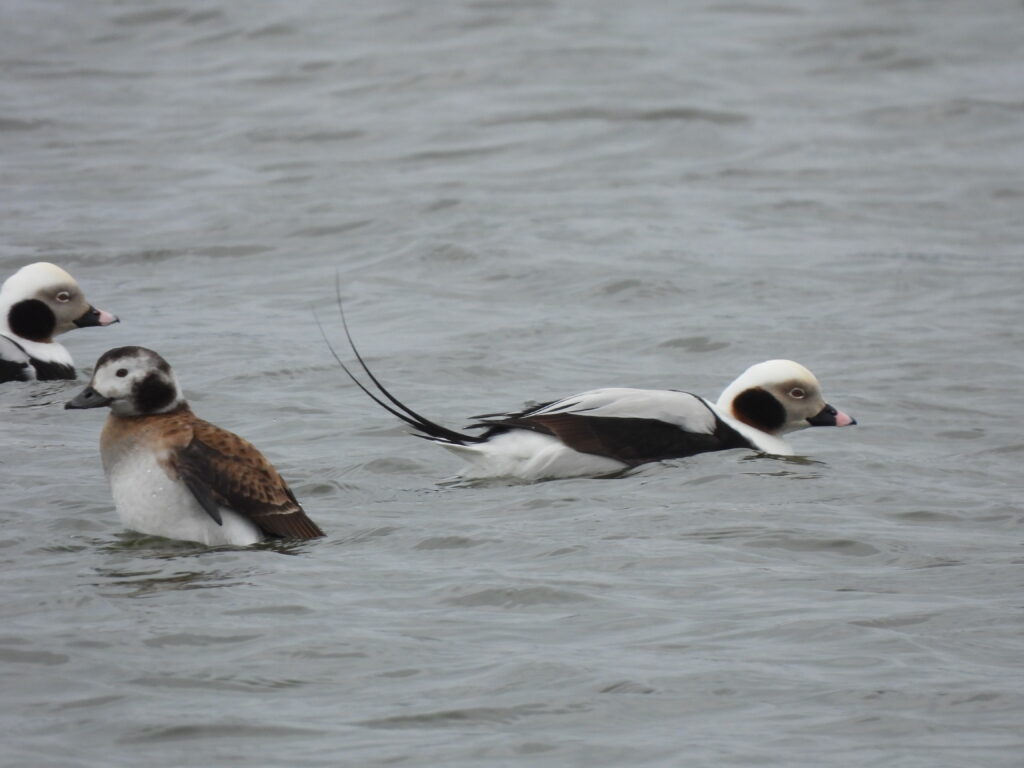
My bird of May is the Iceland gull (Larus glaucoides). May was my last month in Finland, so after my Master’s thesis submission, I received the visit of Darío, Andrea Cerdà, Guillem de los Santos and Pep Cantó. We travelled beyond the Arctic Circle to the Varanger Peninsula in the Norwegian Lapland, where we connected with great Arctic specialties on my second visit to the region. While checking out some gulls in Vardø island, I got goosebumps when I connected with the only gull of the trip with white primaries sitting close on the shore along with other gulls — an adult Iceland gull, an exciting lifer for most of us!

My bird of June is the cinereous vulture (Aegypius monachus). I spent all of June back in Spain and close to my family again, making great wildlife encounters in June despite a long drought hitting the area for the prior months. Me and my family went on a little trip up north to visit some family members in Medina del Campo, Valladolid. The Spanish central plateau brings a diversity of raptors that is not usual back in Alicante, and I particularly appreciated the numerous encounters with cinereous vultures over different stops of our roadtrip. Estimates show that 85 % of the breeding pairs of this majestic species globally live in Spain, mostly confined to the central-west area.
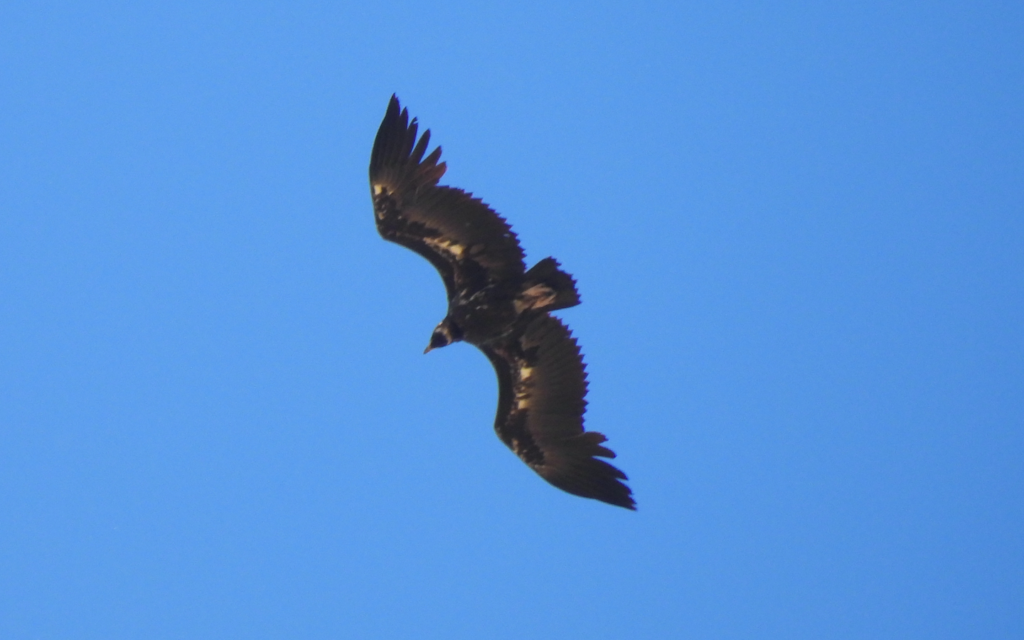
My bird of July is the jambu fruit-dove (Ptilinopus jambu). I had the pleasure to go on a two-month trip around Asia with Darío, celebrating the end of our studies. July saw us in the UAE, Singapore, Peninsular Malaysia, Borneo and the Philippines, and we connected with dozens of narrow endemics and impressive flagship birds along these countries. We spent my birthday in the boardwalk of Rainforest Discovery Center in Sepilok, Sabah — where I added 35 species to the year count, one of the most productive days of the year. Among orangutans, hornbills and pittas, the bird that most stood out was a quiet tiny clumsy bird we found skulking on a fruiting tree at the entrance of the boardwalk. A female jambu fruit-dove, a true gem of a bird, of which I only got a couple of terrible pictures. Although this species is distributed throughout the Greater Sundas and the Malay peninsula, it has an extremely low density and strongly nomadic habits following the tree fruiting that make it usually difficult to find, other than twitching long-staying birds. Besides its rarity and beauty, this sight became useful to exchange information with other birdwatchers and guides at RDC during the day.
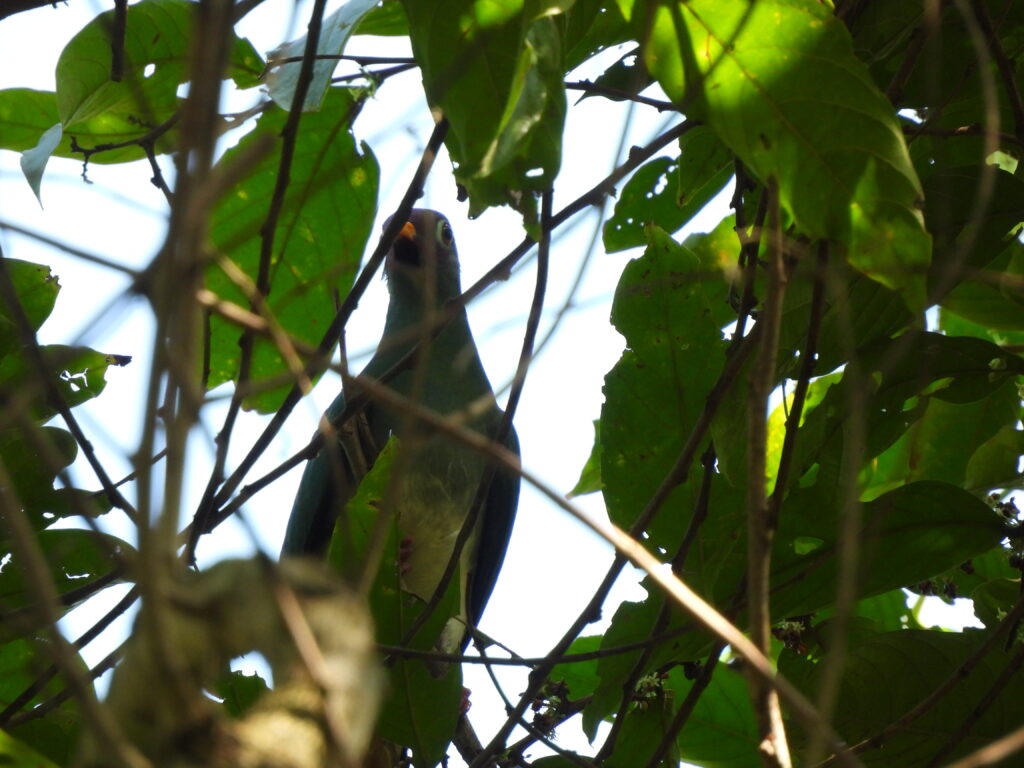
My bird of August is the great hornbill (Buceros bicornis). August was spent between the Philippines, Vietnam, Cambodia and Thailand. In this last country, the rainy season messed up our (poorly organized) plans and we only visited one National Park — Khao Yai, north of Bangkok. We connected with an elephant and several gibbons, but the bird diversity was extremely lower than the reports we read from other seasons. Feeling a bit of despair in paradise — as we did several times over the month due to some trouble with airlines —, getting to see great hornbills in the open forest faded all the negativity away. We bumped into different pairs as we walked and hitchhiked around the road network of Khao Yai, with several memorable encounters of perched birds calling at close distance.
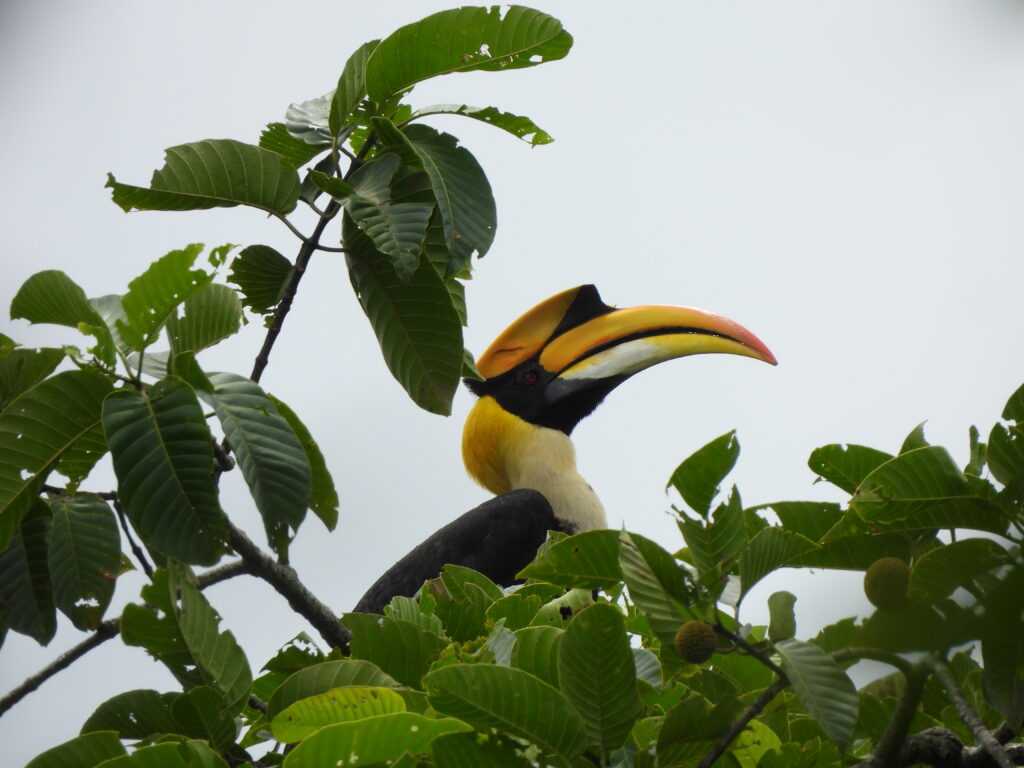
My bird of September is the Eurasian dotterel (Eudromias morinellus). Back to reality, I transferred from my parents’ place in Alcoi to Elx to start an exciting PhD project. Being this close to El Hondo, Darío and I spent almost every afternoon for a couple of weeks looking for this phantom of the drylands. During a very short timespan between late August and mid September, few flocks of this scarce species migrate from their breeding grounds in Lapland to their poorly known wintering sites somewhere south from us. After numerous attempts, and with the help of Marcos Real, we connected with a flock of these awesome birds that luckily stayed around for some days.
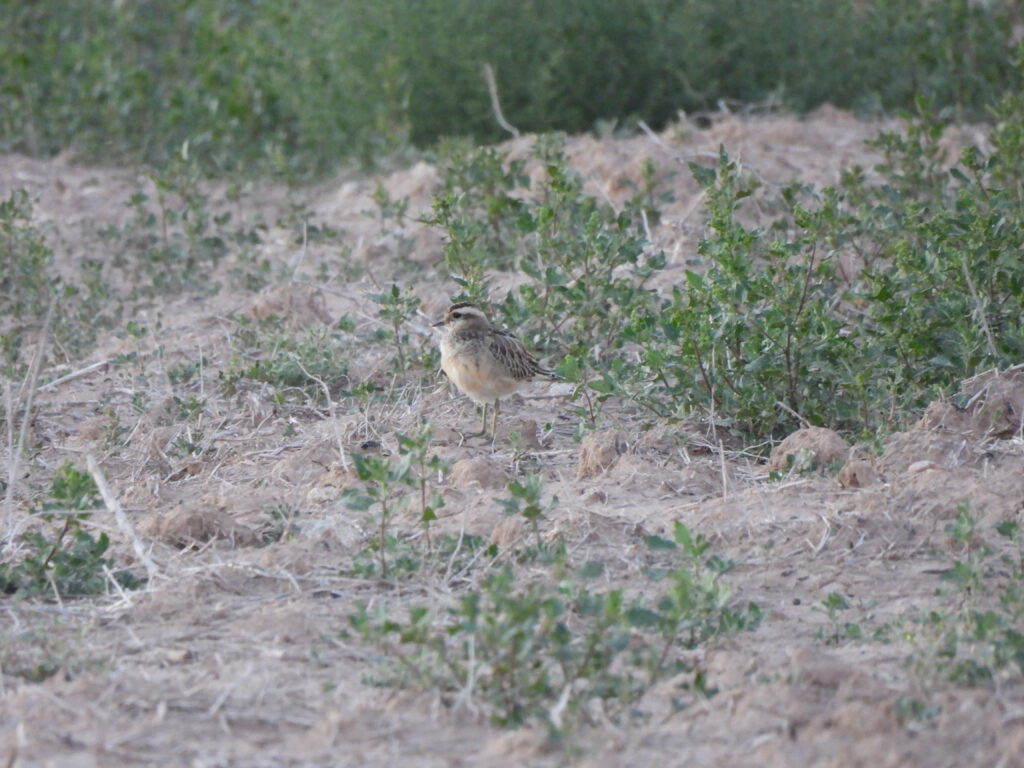
My bird of October is the Eurasian griffon (Gyps fulvus). The third vulture of the selection might reveal how much I admire these creatures. Living in Alcoi can grant daily sights of griffons over the skyline of the town, as a colony based on reintroduced birds was set some decades ago in nearby Barranc del Cint. Unexpectedly, this was one of the very first birds I saw in 2024. Juvenile Eurasian griffons disperse during Autumn, ending up at distant places — this is the best time for vultures to be ringed. A ringing project takes place every Autumn in the colony in Alcoi, and it is always a pleasure to give a helping hand to my skilled colleagues as we ring and release them, and learn more about the ecology of this fantastic bird. This time, my friend Mihika Sen was visiting me from Finland and she got to release one of the 70 birds we processed.
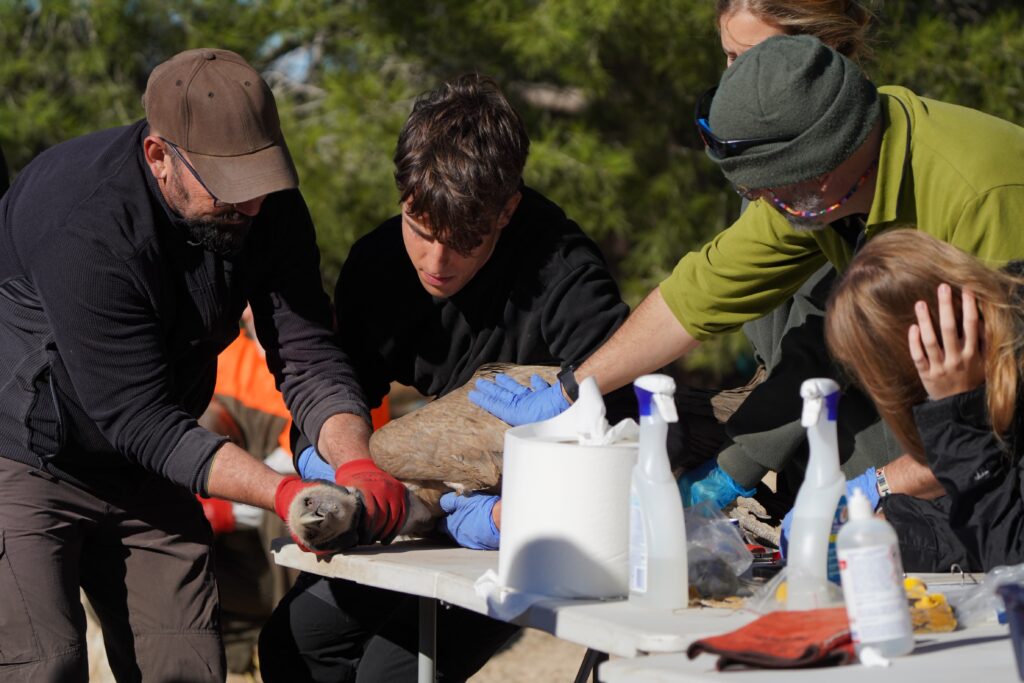
My bird of November is the yellow-browed warbler (Phylloscopus inornatus). As the last months, life has happened between Elx at work and Alcoi with family, with few outings in both places when time allowed. I kept helping ringing birds once in a while, and a fantastic encounter happened during one of such sessions in Font Roja Natural Park with Miguel Sabio, Jorge Verdú, Pep Cantó and Sergio Gilabert. A yellow-browed warbler started calling right on top of the ringing station as we processed a bird, and we all jumped right away in different directions to connect with the bird. Funnily, the local TV was interviewing and recording us during the ringing session, and the warbler madness got broadcasted some weeks later. I spent weeks memorizing the call of this Siberian migrant beforehand and looked for it in many places before we casually heard it in Font Roja, where a bird had been seen two weeks before. I was happy it happened so close to home. Jackpot!
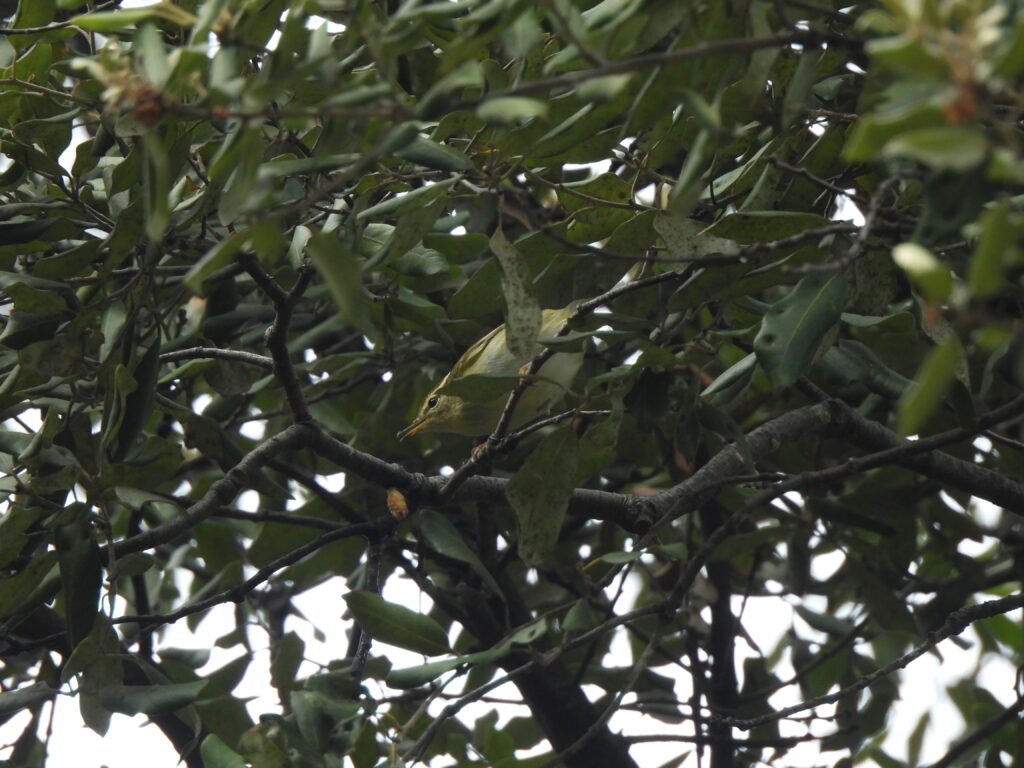
My bird of December is the oriental turtle-dove (Streptopelia orientalis). Darío and I went on — yet another — trip this year, this time to Lake Kerkini in Greece, to connect with pelicans, woodpeckers and other Eastern birds we had yet to see. While we had seen random records of the oriental turtle-dove over winter in the area, this bird was not in our minds as it is a rare vagrant to Europe from the Far East and Siberia and we did not hear of any sights this winter. However, on our last day in the area and while we scoped the lake, an oriental turtle-dove flew into the tree next to us! It suddenly flew away but we managed to relocate it and enjoyed great looks of it.
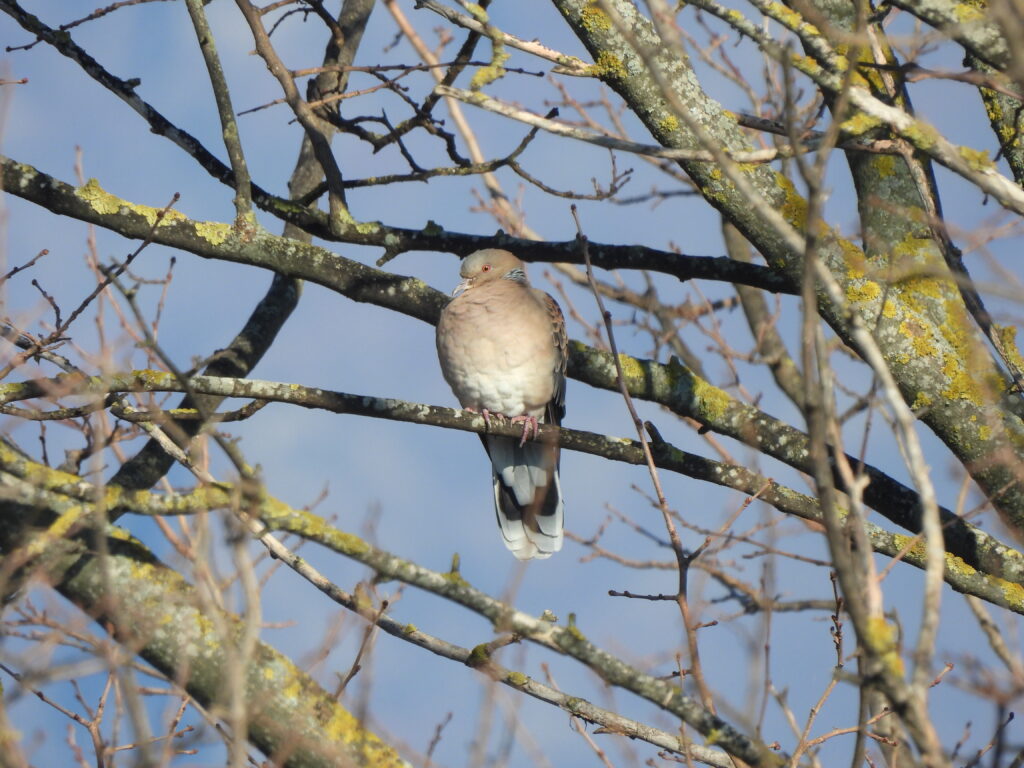
These 12 birds are just a small part of the story, but the goal figure was far from feasible as New Year’s got close. Things changed during the last three days of the year, as I got to visit my friend Mebin Varghese at his place in Kerala, India with my friends from Helsinki. The group got really involved on this little challenge of mine — encouraging me to write about this ‘Operation 1,000’. I left Spain with 978 species. However, the last three days of the year in India were beyond any expectation, and I have managed to reach an astonishing 1,010 species over 2024 as I write these lines before midnight here in Mysore, Karnataka. The 1,000th species this year turned out to be one of the prettiest: the Asian green bee-eater (Merops orientalis) illustrating this post, in Kudavellari paddyfields with Mebin and Giorgio on 30th December noon. Rather than an achievement, this figure is intended to be just a reminder of all the places and people I got to know and experience over the year, for which I am deeply grateful.

